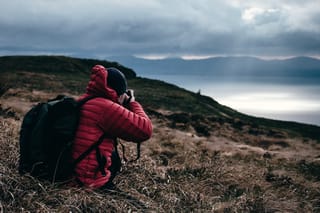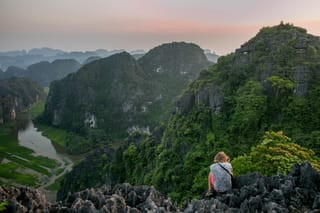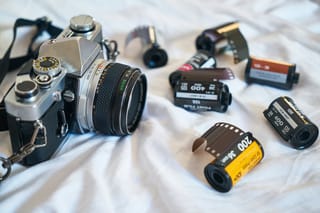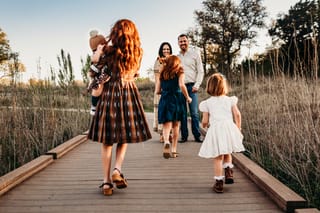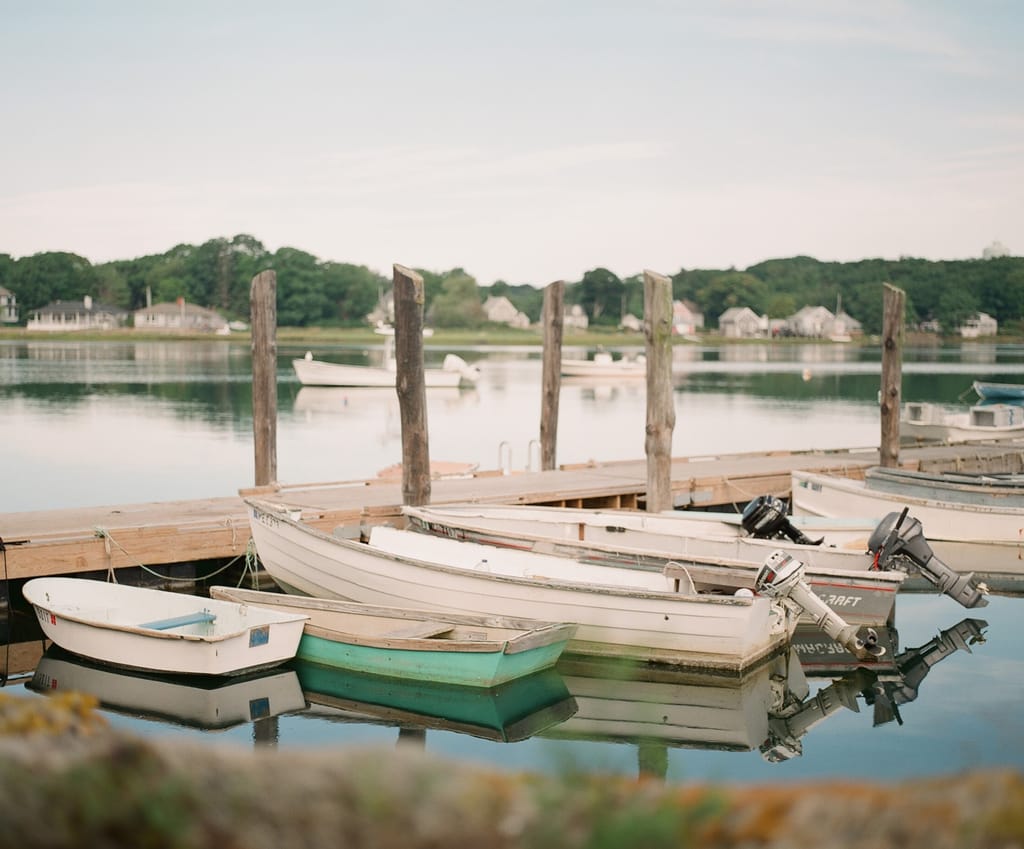
Getting a proper exposure is one of the first rules of photography and has often been a hard thing to master; especially when not relying on the built-in meter to set it for you. Modern bodies are arguably more computer than camera and obtaining a good exposure in any of the automatic modes is pretty much a no-brainer. But when wanting to manually meter for light with, for example, an old film camera, the combination of exposure settings are all up to you. Questions I often get on my blog are things like: Do you meter for the light, the shadows, or both? Should I use the built-in meter or a handheld one? What metering mode should I use? What ISO should I use on the meter for 400-speed film?
Before I jump into my current technique, I want to give a high-level, non-technical overview of what exposure is. Exposure is how much light you allow to fall onto your medium (digital sensor or film) and how long you allow it to do so. The goal is doing this without losing any highlights or shadows (clipping) when possible. Using a combination of aperture and shutter speed adjustments, you can allow more light for less time, or less light for more time to get the same exposure. Based on your camera’s ISO setting or the speed of the film, the meter will decide how much light and time are necessary for a proper exposure and what shutter and aperture combination is necessary to obtain that. For example, once the exposure is set, stopping down the aperture results in less light hitting the medium, so slowing down the shutter is necessary to keep proper exposure.
The majority of the cameras I use are fairly old (1950’s through 1980’s) with either no onboard meter or a less than reliable one that stopped being accurate decades ago. For the past 10 years, I have relied on handheld meters for most of my film work, usually metering for the shadows at half box speed. Since making the move to shooting only medium format film, I noticed that what I metered vs how I was exposing hardly changed throughout a typical day. With the huge latitude, medium format film gave me, I was finding that I could rely on a general guideline rather than a meter so now my exposures now rely on the general time of day and cloud conditions rather than a meter. So, for the last few years, I stopped carrying a meter altogether.
It should be noted that every film lab will tell you that metering is ultra-important and that you should have an accurate light meter on you for every scene, every time. They are not wrong and I don’t suggest you quit using a meter cold-turkey, especially if this is your livelihood. You have to know your film stock very well and how your camera and lens works in conjunction with that stock in various lighting scenes. 99% of my shooting is outdoor daylight (dawn to dusk) so my rules govern my personal shooting situations.
I’ve done a ton of experiments in both medium format and 35mm film stocks guessing the exposure and comparing the results to a properly exposed image of the same scene. My guesses were almost always within a stop or two of what the meter said, but even when 2-3 stops off it was a rare occasion when I could tell the “guess” from the “proper” exposure on the scan.
I shoot mainly one body now (Pentax 67) and one stock (Fuji Pro 400H) though I do still play with Kodak Portra 400 and Ilford Delta 3200 on occasion. Having one body, one lens, one stock setup makes this process a heck of a lot easier. The Pentax 67 has a max shutter speed of 1/500 second and the lens I use has a maximum aperture of f/2.4. I enjoy shooting as close to wide open as possible, so my chart reflects that. If you are setting up your own chart, I encourage you to set the f-stop to your most often used opening to make life easier.
Below is my cheat sheet for baseline exposures with each of these stocks. Keep in mind, this is for my style of fairly dense negative – about the equivalent of shooting a little over ½ box for color, full box speed for b&w – with the Pentax 67 and a f/2.4 105mm lens. The baseline numbers I use were adapted from a great post Johnny Patience put together last year. Results may vary with your body, lens, and stock.
MEDIUM FORMAT COLOR NEGATIVE
My baseline “rules” when shooting Fuji Pro 400H and Kodak Portra 400 color medium format film:
- Bright sun – f/2.8 for 1/500 second
- High thin clouds – f/2.4 for 1/500 second
- Overcast – f/2.8 for 1/250 second
- Shaded subject – f/2.8 for 1/125 second
- Indoor lighting – f/2.8 for 1/60 second
MEDIUM FORMAT B&W
With Delta 3200 I use:
- Bright sun – f/11 for 1/500 second
- High thin clouds – f/8 for 1/500 second
- Overcast – f/8 for 1/500 second
- Shaded subject – f/5.6 for 1/500 second
- Indoor lighting – f/4 for 1/500 second
Again, these are my basic guidelines I have been using with great success for the past couple of years. When the light is in-between times (not quite mid-day, not quite dusk or dawn) I err on the side of overexposing. Medium format can handle it and a prefer a warmer, brighter image. When adjusting the aperture in one direction, I make sure the compensate the shutter to keep the exposure the same.
This technique isn’t for everyone and takes a little getting used to. But I encourage you to give it a try with a roll and see what you think.

